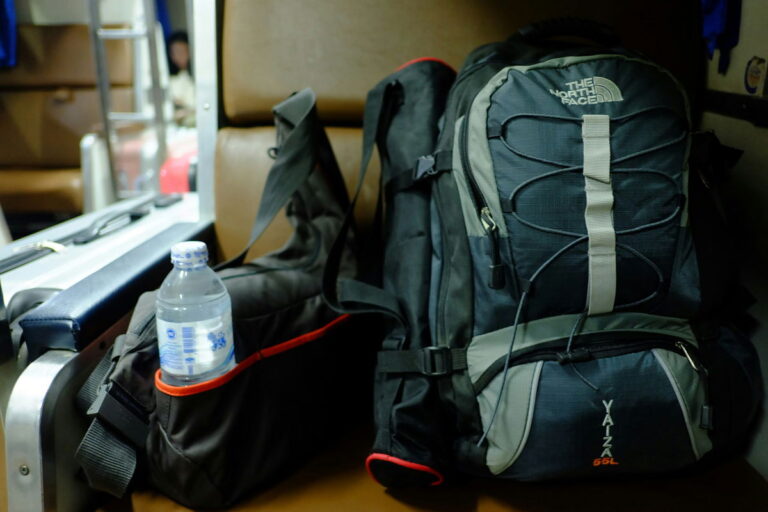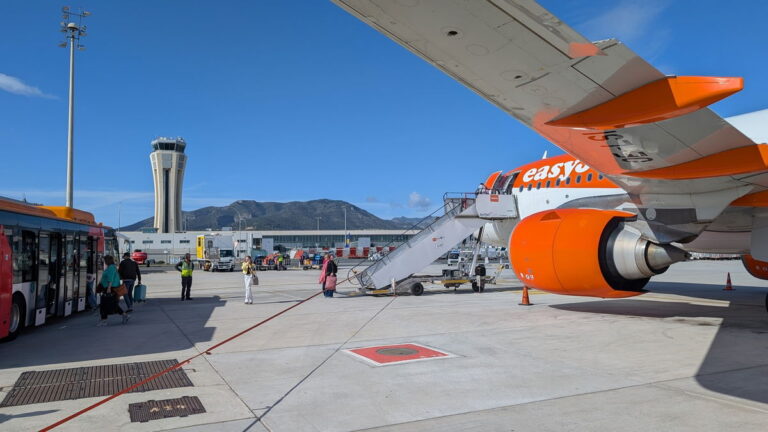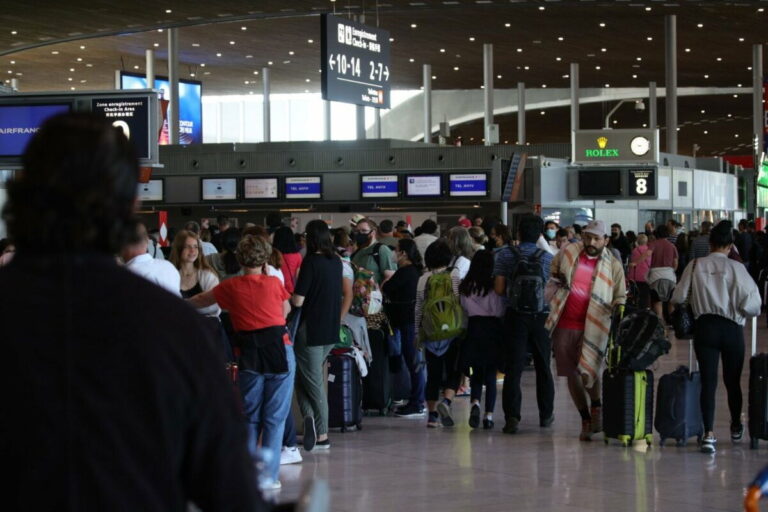
Air Europa’s recent flight to Madrid made two emergency returns in one night. Credit: slavikfi from pixabay via Canva.com
An Air Europa flight from Asunción to Madrid had to turn around not once, but twice. The Boeing 787-9 lifted off from Silvio Pettirossi Airport on June 30, and within minutes, the pilot issued a PAN-PAN alert, a recognised aviation code for urgent but non-life-threatening situations. The plane circled to lose fuel and returned safely. Hours later, they tried again. But just minutes into the second attempt, the same issue came back. The crew made the call again. Another PAN-PAN. Another emergency landing.
Two failed takeoffs in the same day are hardly routine. Something clearly went wrong, even if it didn’t meet the threshold of disaster. The crew kept passengers safe, but the repeated issue raised eyebrows — especially when the same fault reappeared hours later. It puts pressure on airlines to be clearer about maintenance, not just after the fact, but before it escalates.
What happened on board
Flight UX24 was scheduled to fly from Silvio Pettirossi to Madrid with 272 passengers. It took off late on June 30 and landed back on the same runway not once, but twice.
-
Not long after takeoff, the pilot sent out a PAN-PAN call — a formal code that tells air traffic control: something’s wrong, but not yet critical.
-
It’s not a Mayday, but it’s serious enough to require priority. The aircraft circled, burning off fuel, then landed safely back at Silvio Pettirossi.
-
Three hours passed. They tried again. However, the fault soon returned. The second PAN-PAN went out, and the plane was grounded once more.
After the second emergency return, the flight was scrapped. Passengers were handed hotel vouchers and instructions for a new flight. By the next day, Air Europa still hadn’t confirmed exactly what went wrong. What we do know is the crew stuck to protocol and didn’t wait to take chances. That’s good, but it’s not the full story that passengers are owed.
What PAN-PAN means
If you’ve heard of “Mayday” calls, PAN-PAN sits just below that. It’s the international aviation code for an urgent problem — something that demands priority handling but doesn’t yet threaten life or the aircraft. Used correctly, it’s a sign of good decision-making. Not panic. Not failure. Just fast coordination between pilots and ground control to prevent a situation from escalating.
It was triggered because of a technical anomaly that didn’t meet the threshold for a full mayday but warranted immediate action.
The fact that it was used twice, once for each aborted flight, suggests a possible persistent or undiagnosed issue with the aircraft system, possibly engine-related. Importantly, the alert is not a sign of failure, but rather a good indication that the crew acted correctly and promptly.
A pattern is emerging.
Emergency landings aren’t uncommon, especially with long flights that rely on complex onboard systems. However, this case is particularly unusual due to the repetition of taking off for Panpan calls and two scheduled Landings all within a span of a few hours.
This event follows a pair of recent challenges for the airline.
- In July 2024, an Air Europa Boeing 787‑9 flight from Madrid to Montevideo encountered severe turbulence. It made an emergency landing in Brazil, injuring roughly 30 people.
- In October 2023, hackers breached Air Europa’s online payment system, compromising credit card and personal data. Passengers were advised to cancel affected cards as a precaution.
While the aircraft involved hasn’t been linked to those incidents, there are patterns in operational resilience from systems reliability to crisis communication. The airline has yet to confirm if a root‑cause investigation is underway.
Air Europa’s double emergency landing may not have ended in disaster, but it does raise questions that do demand answers. The crews acted responsibly, the passengers were safe, and the aircraft returned with no incident.
Aviation safety is not only measured by how emergencies are handled, but it’s also measured by how they’re prevented and how openly they’re explained afterwards.
Especially when, three hours later, passengers are left waiting without clarity, that story will shift. It’s about trust and Airline transparency in maintenance protocols, as well as the ability to prevent the same issue from happening again.







